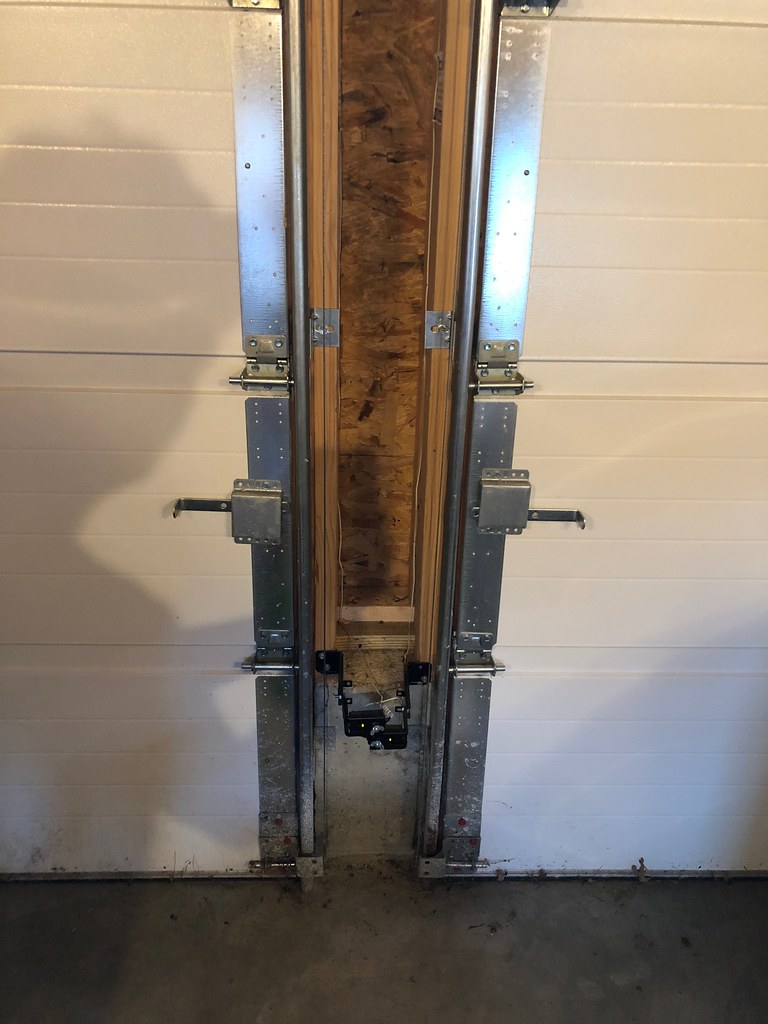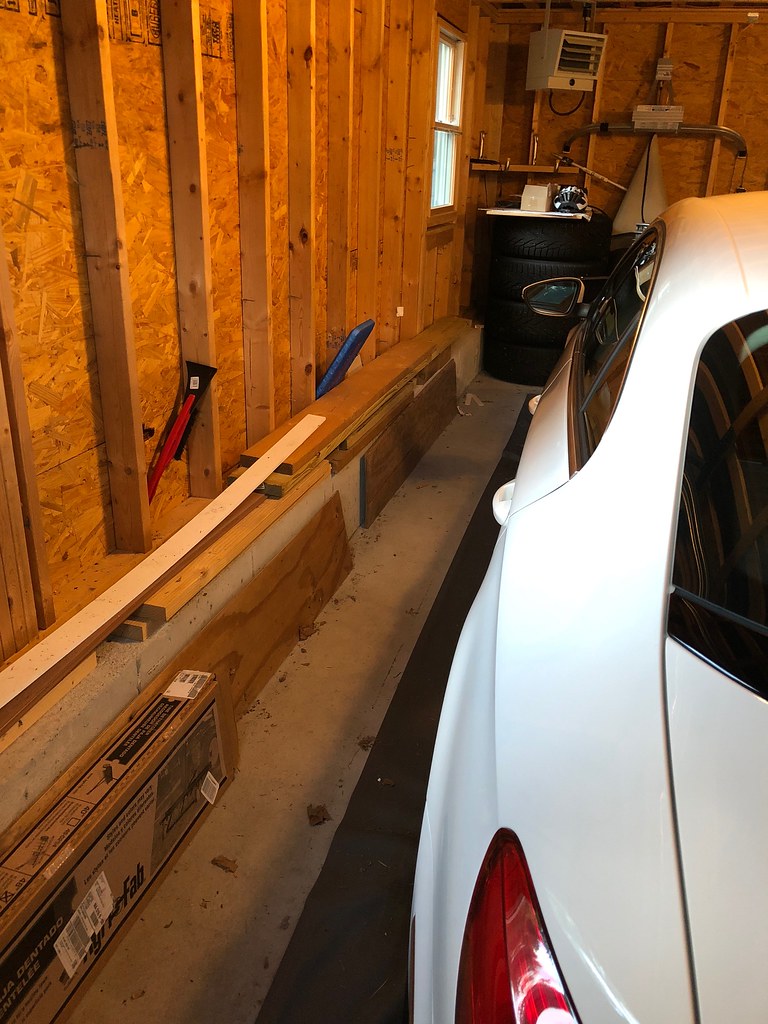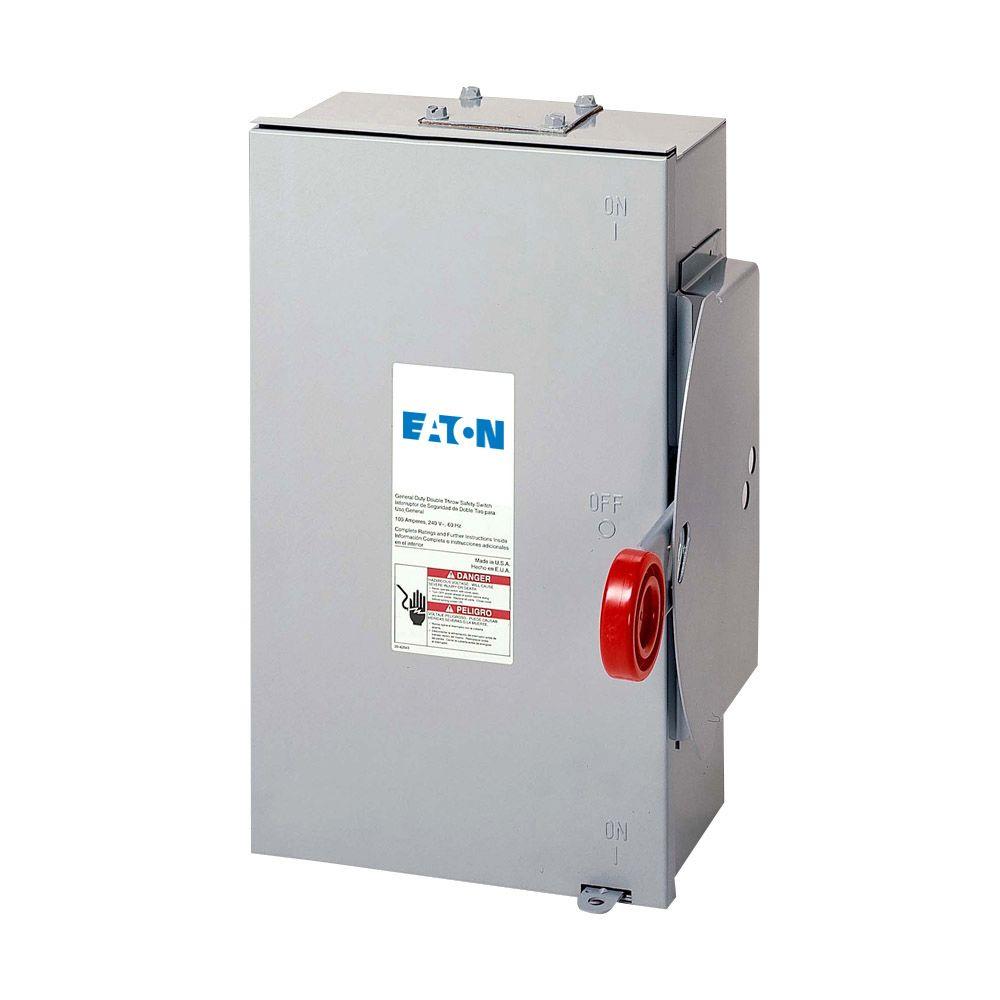Wow thanks for all the info.
I had not thought about the UMC. Yes, I’d want to keep one in the car and not have to take it out every time I park in garage. What would a wall charger gain over a 2nd UMC?
Wall Connector is permanently mounted so for outdoor installs is harder to steal.
Wall Connector can handle much more power (up to 80 amps on a 100a circuit)
Wall Connector is more aesthetically pleasing to me and it includes cable management built in
Wall Connector can be "tuned" by rotary dial to dial up or down the max current offered to the car in fine increments- very convenient in situations with limited service capacity or conductor capacity.
I put the panel in and wired the garage. All inspected. Garage is actually not final inspected yet. I kind of stalled on installing environmentally sound insulation solution. So I’m avoiding making to much change in the panel. I doubt he’d notice if I dropped one more outlet on existing circuit on final inspection. With nothing plugged into it when final inspected.
I can take panel off later. You can see it’s pretty full. 200 amp seemed overkill at the time.
I could use the Surge Protector slot for another circuit. The surge protector can be doubled up on anything. But ideally it should not be on a GFI or Arc Fault breaker. As it might trip when it’s needed most. If I added another circuit I’d probably want GFI on it. Although I don’t think it’s required on the heater or EV?
Hrm, wow, that is a very interesting panel. I have never seen that many AFCI's and GFCI's in a panel before. They have been requiring them in more and more places, however, I think you could have been allowed to skip some of those and use regular ones instead. You also probably have some dedicated circuits that really don't need to be dedicated so you could combine them if you needed to free up space. (like the router circuit - also, what is up with the dedicated TV circuits but that are looking like a 240v breaker?)
The reason I bring this up is that you likely are allowed to use "Tandem" (aka Cheater) breakers in some slots of that panel if you did not have AFCI/GFCI's. I don't think they make AFCI/GFCI units in the smaller form factor yet. I wonder if you have some candidates you could consolidate. The surge protecter is likely one of them you could consolidate. Though ironically, EV charging receptacles are required to have GFCI's (not AFCI's) which could not be tandem'd up. But if you install a Wall Connector you do NOT need GFCI or AFCI since it is hard wired and the Wall Connector provides GFCI protection itself.
The more I think about it, I highly recommend you go with a dedicated circuit just for your EV charging. It will be your highest draw device and on a brand new electrical service it makes no sense to me to skimp on that thing. Bummer that you only have a 100a service though... You might consider a Sense Energy monitor as well to keep tabs on how close you are coming to that 100a.
Oh, and if you do a Wall Connector and wire it up with say a 60a breaker on 6 AWG wire in conduit then if you need to tweak it down to say 30a (24a continuous) it is a simple rotary dial under the cover - no need to switch breaker or wire.
I’d like to reach either parking spot with minimal cord hanging about. Wall charger or plug between garage doors is tight because garage door tension cables.
I think I’ll go on the far wall near the window.
Agreed, that is a great location. Don't do it between the doors. Too much chance for damage and nowhere for the cord.
This shows where current heater circuit is now. The heater L6-30 outlet is on the ceiling near the heater.
I didn’t know about the EV device must be exclusive. To meet code I could move heater outlet half way. And extend the cord on heater. And plug EV or Heater into it. In my mind that would be less safe. Tidy is safer than not. Long cord on EV is less safe too. So I might stretch code here. I could make a home run but it really seems overkill. I might use the heater 4 hours for some task a year (like unplanned repair on the snow blower) I normally keep the breaker off. I’ll keep it normally unplugged going forward.
Yeah, if you really run into load calculation issues you could do something like install a manual transfer switch / interlock between the heater and the Wall Connector (or other wall receptacle for a UMC). I have seen someone do this with like a two position breaker panel with an interlock handle. That way you could say feed it with a 50a circuit even and then have a 30a breaker towards the heater and a 50a GFCI breaker (if you want to be code compliant) towards a 14-50r for a UMC (or just skip the GFCI breaker and do a regular breaker if you do the Wall Connector).
I’d just remove it when we sell, regardless because it violates code with two plugs any way. It’s no more dangerous than a 10-30 in my opinion. What does Tesla use for safety ground with a 10-30? Or buying a 3rd party adapter that someone cut off the plug and put on an unsupported one. That would risk a warranty issue. Or using a 6-50 and limit current in car. They are all hacks.
Who is gonna plug in a range or a clothes dryer in the garage? What would happen if Neutral was missing? Nothing, it wouldn’t run. I’m not connecting Neutral to ground. I’m leaving it unconnected. The appliance should not tie Neutral and ground together either. Any appliance would need to safely handle a neutral fault (open).
I agree it’s not ideal. Nor meet code. But I think it’s cleaner/safer than adapters, extension cords, 6-50 (limited), 10-30 (no safety ground) or 3rd party hacks.
Since I want to keep UMC in car I might go with wall charger.
So wiring up a 14-30 receptacle with no neutral connection is dangerous for anything other than an EV to connect with. Connecting the neutral and ground is also dangerous since someone could try to run current on the ground wire which is likely too small a gauge and not sufficiently insulated. It also creates a section point where neutral and ground are bonded in the house which is bad.
The Tesla I think is actually kind of OK on the 10-30 since it uses zero current on the neutral so instead it just uses the neutral wire as if it was a ground wire. Back at the panel, they are connected to the same place anyway (assuming it is not a sub panel, that gets slightly different). I do wonder though if Tesla ties the ground on the UMC all the way through to the chassis of the car when plugged in? Or is the charging system double insulated and not connected to the chassis at all? I could come up with a contrived scenario where you use a 10-30 adapter on the Tesla and it is connected to a circuit on a sub panel where the neutral on the sub panel comes loose and is not connected back to the service entrance panel which leaves a voltage differential between the neutral and actual ground, so your chassis of your Tesla could become "hot" relative to ground? Perhaps I need to test what is connected to what at some point with my multimeter...
Again, I am not a massive fan either of the 3rd party adapters for the UMC Gen 2 since I assume they don't have temp sensors in them? But yeah, that is a pretty clean / easy solution of less risk than other things.
To be clear though about the "what happens if neutral is connected to nothing" - it is INCORRECT to say the appliance would just not run. That is true if there is only one thing hooked to the neutral from a single phase leg (hot), but if there is more than one item hooked up via that plug and they are on opposite phase legs, then vastly wide voltage swings through device would occur. Like if someone plugged in an RV is the example (though that would typically be 14-50 not 14-30).
Frankly, I am kind of more of a fan of building a custom adapter + extension cord that does something goofy (like going from L6-30 to 10-30 or L6-30 to 14-30) and labeling it correctly than I am wiring a permanent receptacle wrong (even with clear labeling). The custom adapter solution is not an NEC issue and would be less likely to be passed on to the next home owner...
Note also that the Wall Connector just solves the "lack of neutral" issue. It just wants hot + hot + ground which you have. Maybe a simple transfer switch between your existing receptacle and a Wall Connector is the way to roll (and you can get the Wall Connector with the 24' cord in case you want to charge either vehicle or one outside the door).
The neutral is used as the ground in this case. This was considered a safe grounding method for large appliances until the 1996 (or was it 1999?) NEC. It's still allowed in older installations, but you're not allowed to install new NEMA 10 outlets anymore. The NEMA 14 standard superseded it, with separate neutral and ground connections.
Yeah, so to my comment above- I am dead curious if using the Tesla 10-30 adapter whether they tie that neutral line to the actual chassis of the car... I have a 10-30 adapter - I should go test! ;-) But again, to be clear, Tesla clearly uses the neutral wire as a stand in for a ground wire. In the scenario where the circuit goes back to the main service entrance panel and if there is nothing else on that circuit and the Tesla itself puts NO load on the neutral, then it is functionally equivalent or superior to a ground wire in every way, so the Tesla just uses it as a ground. No harm no foul and it lets Tesla's charge at your parents house where the only available receptacle is a 10-30!
You got me there. That would be a valid use case and it’s not one integrated appliance. The smarts that Neutral is present may be non existent. And it could accidentally put load on ground if some place in the RV joined Neutral and ground.
The adapter from 6-30 to 14-50 is less safe in my opinion (that adapter in of itself is illegal). Someone could use it to power an RV or someone might forget to limit current on the charger. Granted all that should go wrong it popping the breaker. And you could label things EV Tesla only 30A (24A).
I did order the 14-30 Tesla adapter so I could just put a 6-30 plug on it. That would be safe and cheap (and fast). If I decide not to get wall charger.
An RV should not have neutral and ground bonded together. RV's should always be wired to be sub-panels basically where neutral and ground are not bonded.
If I was to do an adapter I would either adapt L6-30 to 10-30 or to 14-30 (not 14-50). That at least will set the UMC to the right amperage for the circuit automatically. Either one is dangerous in different ways if used incorrectly, but perfectly safe for EV use (other than the comments about additional links in the circuit and extension cords = bad). I have never seen a RV with a 14-30 FWIW, so unlikely to get abused in that way. Dryers are the most common use for 10-30 and 14-30 in the US.
That is correct. I thought it was a fair comparison as the $100 included everything I needed to be able to plug the car in as well.
FWIW, when comparing buying a second UMC against buying a Wall Connector I think they are very nearly a wash for the following reasons: ($300 base cost vs $500 base cost)
- If you do a Wall Connector you avoid needing a GFCI breaker which is about a $100 cost adder over a non GFCI breaker
- You can wire both with the same gauge wire so no cost delta there (you don't HAVE to do bigger wire for a Wall Connector unless you want to get the higher speed).
- You don't need a neutral wire with the Wall Connector - this saves wire cost and conduit cost perhaps.
- A Wall Connector has a built in wire manager so you don't need to buy something else to hold the cable
- In this case, with the UMC option on a 30a circuit you would need a $35 adapter to use it properly. The Wall Connector supports this natively via a rotary dial.
So this in addition to the other benefits make it a decently clear win to me.









